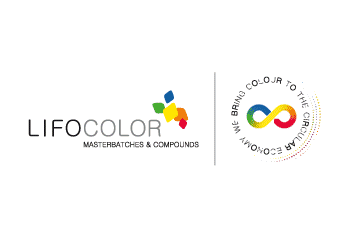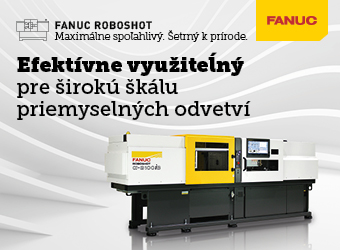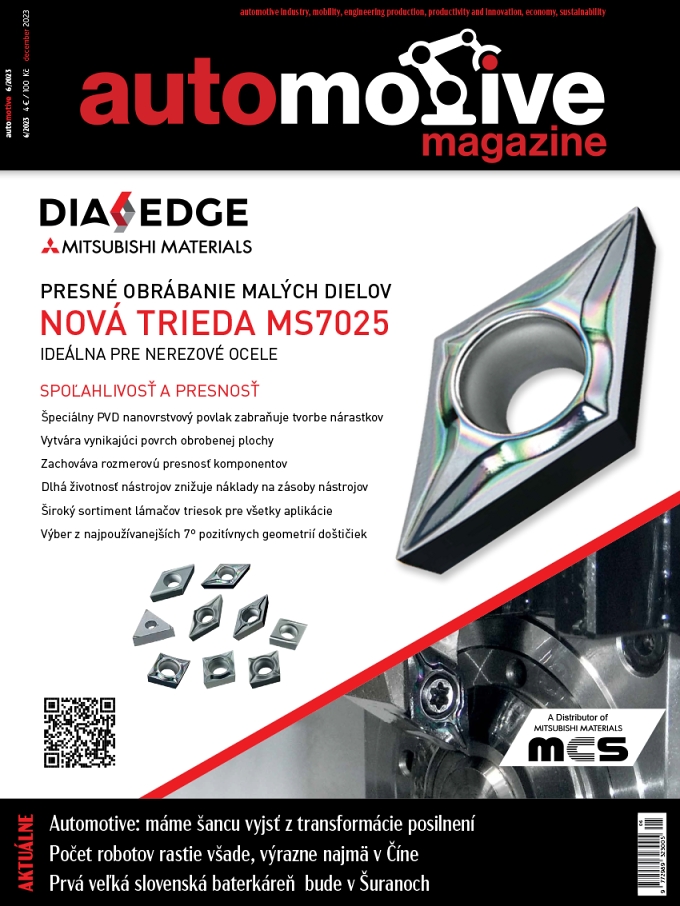K 2019: Raw materials, additives, semi-finished and reinforced plastics, press conferences, large photo gallery, halls 5-8
New developments by the raw material produces are responding to current application trends. The requirements are changing in the light of the development of autonomous electric cars and the different mobility infrastructure. Products for digitalisation and energy and resource efficiency were also the focus of interest at the K 2019.
Asahi Kasei
Asahi Kasei Europe GmbH, Germany, presented two new foams: the polyamide foam PA foam and the particle foam SunForce based on modified polyphenylene ether m-PPE.
PA foam has the typical heat, chemical and oil resistance of polyamide combined with high rigidity and very good noise absorption. SanForce particle foam has UL94 V-0 certification, good heat insulation properties, and high dimensional stability.
Lanxess
At K 2019, Lanxess AG, Germany, featured a seat shell for the Audi A8 made from Tepex dynalite continuous fiber-reinforced thermoplastic semi-finished products. As compared with metal design, the composite is said to achieve a weight reduction of some 45%.
As an alternative to high-performance plastics, Lanxess showcased the polybutylene terephthalate (PBT) compound, Pocan B5221XF, which can pass through all painting steps together with the vehicle body. The material is reinforced with 20% microglass beads and have only a minimal tendency to warpage.
The group also presented a range of orange-colored PA and PBT compounds for high-voltage applications.
Akro-Plastic
Akro-Plastic GmbH, Germany, together with its machinery manufacturing sister company Feddem GmbH & Co. KG has expanded its range of long fiber-reinforced compounds. According to the manufacturer the new products have double or triple the toughness of short fiber-reinforced compounds as well as improved aging resistant and creep properties. Particularly noteworthy is a chemically coupled blend of PA6 and PP, which is said to have better flow ability than pure PA6 with 40% glass fiber reinforcement and higher strength values in the conditioned state than a 50% reinforced PA6.
In additive manufacturing sector, the carbon fiber-reinforced compound, Akromid B3 ICF 30 9 AM, ensures a stable production process with high production speed thanks to its better thermal conductivity and faster cooling.
Akro-plastic is also expanding its PPA product range with the addition of new grade AkromidT9. In comparison with the PA6T copolymers generally used, this material absorbs less than half as much moisture.
Kingfa
The material from Kingfa Sci. & Tech. Co. Ltd. and its subsidiary Guangzhou Kingfa Carbon Fiber Materials Development Co. Ltd., both from China, are used for serial production of lightweight door modules for the new Ford Focus. In developing the new continuous finer-reinforced material with the brand name KingPly, Kingfa worked closely with Brose Fahrzeugteile GmbH & Co., Germany. This composite based on unidirectional (UD) layers combine with a PP matrix achieves a weight reduction of around 35% compared with an injection molded carrier.
Kingfa’s portfolio currently comprises UD tapes, chopped glass layers, and organosheets, based predominantly on glass fibers and thermoplastic matrices.
Barlog Plastics
The Barlog Group, with its companies Barlog Plastics GmbH, Overath and Bahsys GmbH, Germany, showcased a wide range of compounds for the mobility of tomorrow under brand name Kebablend. These materials include thermally conductive plastics for thermal management of batteries in electric vehicles and magnetically soft injection molding materials for magnetic flow guidance. The portfolio also includes magnetic compounds for producing lightweight electric motors.
Barlog also featured new products made from recycled PET bottles, which can be used as sustainable alternatives to conventional materials as PBT or ABS.
Covestro
Covestro AG, Germany, is further developing its polyurethanes (PU) and polycarbonates (PC) for wearable electronic medical devices, among other applications. At K 2019, the breathable Platilon film made from thermoplastic polyurethane (TPU) was on show. According to the manufacturer, these products are suitable for processors that use a roll to roll production process to make electronic patches efficiently.
At the same time, Covestro is devoting itself to vehicle manufacture and showcased a comprehensive car interior concept. According to the company, the important priorities here are functionality, comfort, and design, as well as efficiency.
Senoplast
With Senosan AM1800TopMatt AF film, Senoplast Klepsch & Co. GmbH, Austria, is launching the third generation of matt surfaces onto the market. An advanced painting technique enables anti-finger-print properties to be obtained. The film not only effectively repels dirt but also has a very velvety feel. It is particularly suitable for different interior furniture applications.
For auto manufacture, the company is expanding its range of Senosan ABS-PMMA sheets to include novel metallic shades. For the suitcase sector, Senoplast supplies Senosan C100 Matt a sheet with a matt surface. Senoplast also supplies special sheets for railroad and bus applications.
BASF
BASF SE, Germany, was launching two new polybutylene terephthalates: Ultradur B6551 LNi and PBT Ultradur B6560 M2 FC TF. According to information from the manufacturer, both materials have a high melting point, low water absorption, high dimensional stability, and good barriers properties. Both materials offer good mechanical properties, easy coloration, and foamability and can be used widely in extrusion for applications covering many different industries.
Over the last four years, BASF has also launched several new polyphthalamid compounds onto the market and also do expanded its Ultramid polyamide portfolio. The portfolio comprises more than 50 compounds based on four PPA polymers.
Evonik
Approximately for the 40th birthday of polyamide 12 elastomer (PEBA), Evonik Resource Efficiency GmbH, Germany, launched a new grade of this material. In particular, it offers high transparency and high gloss. Within the PA group (PA12 and PA612), Evonik is also increasing its overall capacity and is engaged in the development of electrically conductive products and applications for electric hybrid cars. Also in the portfolio are Trogamid chemical resistant, transparent polyamides and Vestakeep PEEK for challenging applications and use at high temperatures.
The trend towards additives and compounds with properties tailored to individual applications continues. Additives should as far as possible be multifunctional and the use of additives should not limit reprocessing and recycling.
Brüggemann Chemical
TP-P1810 from Brüggemann Chemical L, Germany, is a flow promoter for polyphtalamides (PPAs) that allows mechanical properties to be maintained. This product completes Brüggermann’s flow promoter portfolio, which now serves all polyamide types. Brüggemann has launched Brüggolen TP-H1607 a new copper iodide based stabiliser which is very efficient in term of both performance and cost.
BYK
BYK Chemie GmbH, Germany, showcased the flame retardant synergist BYK-MAX CY4260. This additive is specially suitable for halogen-free flame-retardant thermoplastic compounds, since it improves not only flame-retardant properties but also drip behaviour and crust formation.
Budenheim
Budit 620 is an eco-friendly halogen-free flame retardant specially developed by Chemische Fabrik Budenheim KG, Germany, for natural fiber-reinforced plastics such as wood-plastic composites (WPC). Other halogen-free flame retardants in other polymers, such as in PU foams, polyamides, polyolefines, etc. complete manufacture’s product range.
Clariant
With its new additives, Clariant International Ltd., Switzerland, aims to increase recycling rates for post-consumer waste. With the aid of special additives, segregation and therefore recycling are facilitated. To prevent thermal or oxidative degradation of the polymer during recycling, the antioxidants Cesa-nox can be added during the recycling process. To maintain or improve the properties of the recycled material, impact modifiers Cesa-mod can be used. To segregate plastics waste as cleanly as possible by type, dark Cesa-IR colorants can be used, which reflect near-infrared radiation and so can be detected by suitable sensors.
- autor:
- red.










































































































































































































